The Value of Patience in a Safari Adventure!
An African safari is on the bucket list of many travellers especially Kenya. The mesmerising experience of stark, beautiful landscapes – be it the dry arid environment of Samburu in Northern Kenya, the grasslands of Masai Mara / Serengeti or the swampy grasslands of Amboseli – combined with the sheer pleasure of watching animals in the wild, never fails to delight. You want to come back for more!!
For many, safaris are all about the opportunity to spot as many species as possible and is the highlight or talking point. The success of your wildlife safari is gauged by whether you have spotted the Big 5, if you have surpassed the specie count from last time or from that of your friends, the unique mammals /birds spotted etc.. For some spotting a ‘kill’ in progress – just like you see them in those amazing nature documentaries can be an obsessive highlight!
With all these number expectations built up – no wonder, many of us, including myself, would want to hurry through a safari. So, you see Lion or a leopard and you want to hurry through the ‘limited’ day and spot the next specie the wild has to offer!
Of course, the serious photographer would edify on the value of rock-solid patience in trying to get the right ‘frame’ and ‘moment’ – the silence of the savannah often pierced by the Kalashnikov of shutters. But then what about the mortal non-photographers who are merely inspired by the sight of a majestic animal and is not interested in getting trapped into the obsessive world of the ‘perfect’ photograph? We want to move on!
I was one of the tribes – who would want to move on after 5 mins of a sighting to the next one! Impatience is built in me – the desperation to make the most of your limited time! Until, that is when I was taught a valuable lesson by my redoubtable Kenya safari guide – Steven!
Even after you have done the ‘lucky’ job of spotting an animal, it pays to be patient and wait for some time, taking in the magic – being stationery, switching off the safari vehicle! Why? One of the often-ignored pleasures of a wildlife safari is understanding and observing the behaviour of animals in the wild. Sometimes, patience can pay off and give you valuable insights on wildlife – which would normally be narrated by David Attenborough on Netflix.
Steven taught me this lesson twice over in one trip! (I learn slow!). Both in the beautiful Samburu reserve in the north of Kenya.
The Solitary Leopard: The first was when we (luckily) spotted a male leopard making its way across the rain washed, normally arid landscape. I had a good 5-10 mins of clicking as many photos as possible – my first clear leopard sighting! And post that I wanted to move on! But Steven was insistent that we be patient and ‘follow’ the leopard for some time. He promised me that we would learn more about this magnificent predator!
An initially irritated me learnt two amazing things in the next half hour:
Behaviour of the gazelles: Steven noticed that the path of the leopard would lead it towards a herd of Gazelles. I was a ringside viewer of the alarms displayed by the Ungulates and the warning cries made. But I noticed that though alarmed, the Gazelles did not make a break for it. Alert and moving off the path of the leopard, they did stay put largely and quite close though alert! Steven explained that the leopard had a recent meal and was full. The Gazelles sensed it and realised that they would not be bothered by the Leopard!
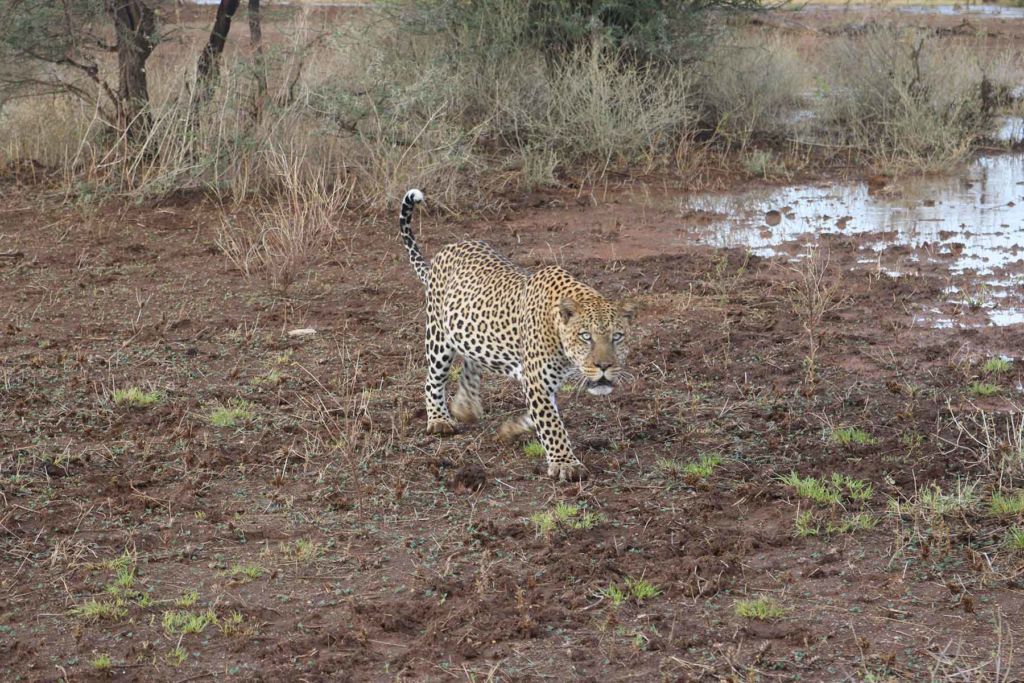
The aggressive baboons and the fleeing Leopard
This one was a whopper of a learning! And as usual, Steven predicted it in advance (quite excitedly!). Again, Steven realised that the moving leopard was in direct line of a family of Olive Baboons. We discretely followed the leopard (parallel) to see what would happen. I realised that on sensing the Leopard, the male baboons got very aggressive. And amazingly, a group of the larger males started chasing the leopard!! And even more surprisingly, was the reaction of the Leopard. Initially, the cautious leopard tried to avoid the baboons – but in a few minutes, the leopard thought it prudent to make an ungainly run for it! And how! It only managed to escape the baboons by crossing the young rain fed stream! A unique experience – watching a predator in full flight from its natural prey!
Steven explained that the Leopard usually attacks the young ones of the Baboons and the aggression of the Baboons is a defence strategy. However, a solitary Baboon would never dare attack a leopard – it finds strength in numbers!
Don’t be deceived: Baboons are definitely scared of Leopards – their mortal enemy and the Leopard is the smart predator here. But from the point of view of a solitary leopard: it may not be worth risking serious injury by hunting or attacking a troop of baboons when there are much easier, safer, and preferred prey like gazelles out there to hunt or when it is simply not hungry. Note that when if a leopard sees a good chance to hunt and kill a baboon for its meal, it will almost certainly do so, and this mostly takes place at night when baboons are at their most vulnerable (they have very poor night vision).

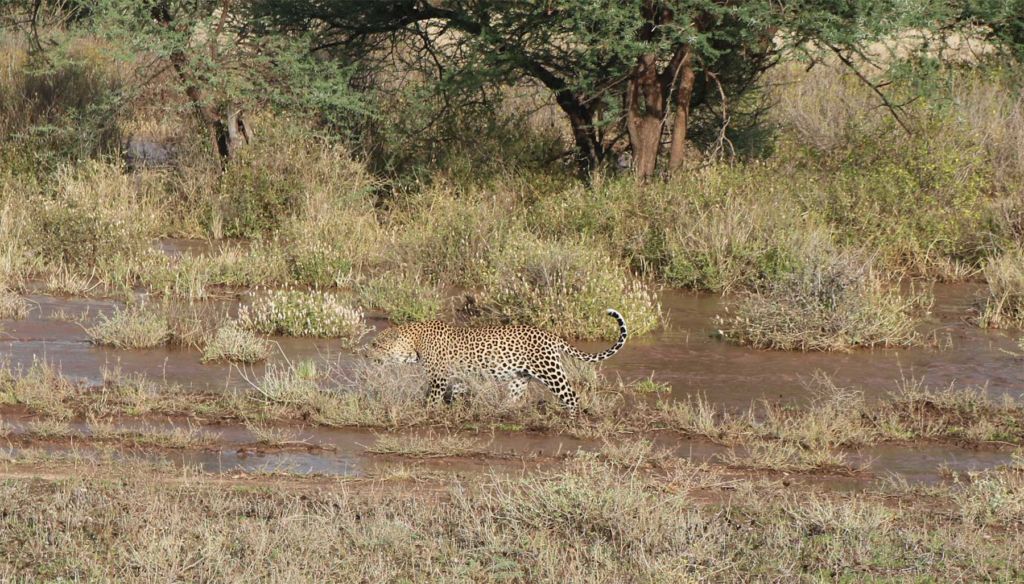
The Cheetah Family: The second classroom was when we spotted a solitary cheetah female in the open grasslands with a few bushes around. As is the case, many a time in Kenya, soon there were more than 5-6 vehicles around the Cheetah (thankfully though at a respectable distance). After 10 mins or so, most of the vehicles lost patience and drove away. But Steven was adamant in staying back – chastened from my previous lesson, I had no choice but to resignedly listen to his instructions.
After a while of patient, engine off observation time – Lo! There was a surprise! The cheetah was solitary no more. Joined in by two cubs – a delightful period ensued with the cub playing around its mother. After some time, we realised that it was a family of 4, with one more shy cub joining in the playful mayhem!
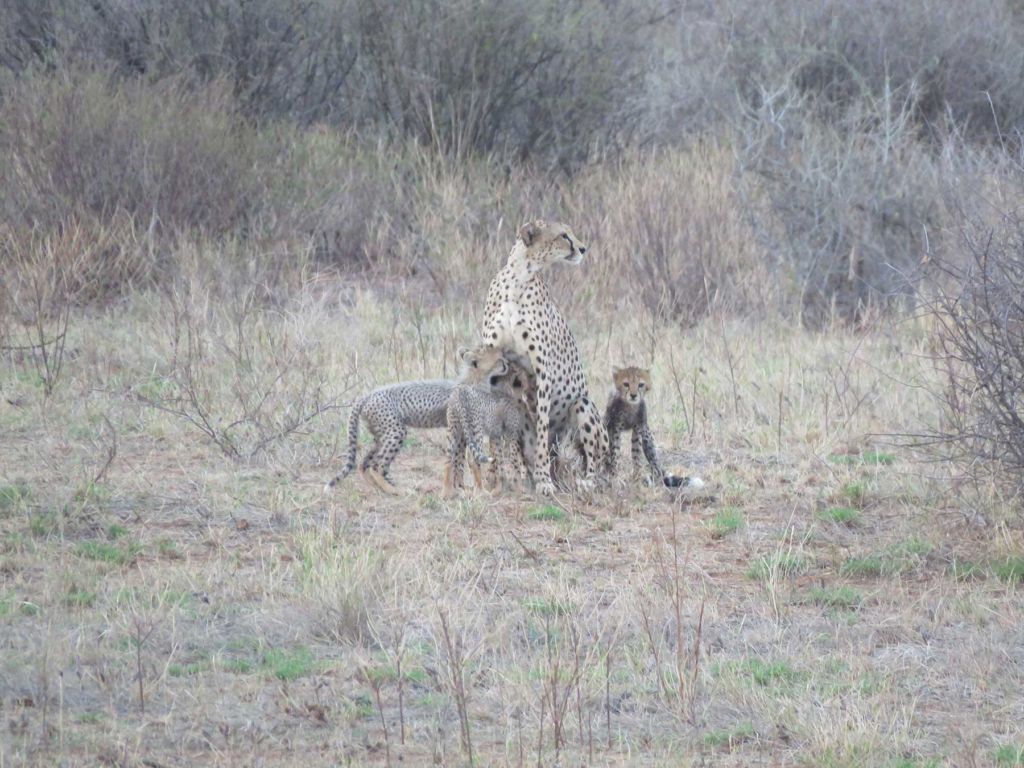
Thoroughly satisfied with my productive half hour, I was ready to go and so were the Cheetahs – who started to move away! But Steven would not let go! He in fact, took a round- about route – which ensured that that walking family would inevitably cross our path! And the result was delightful – watching the behaviour of a Cheetah family with 3 mischievous cubs for such a long time would count as my most memorable safari experience!
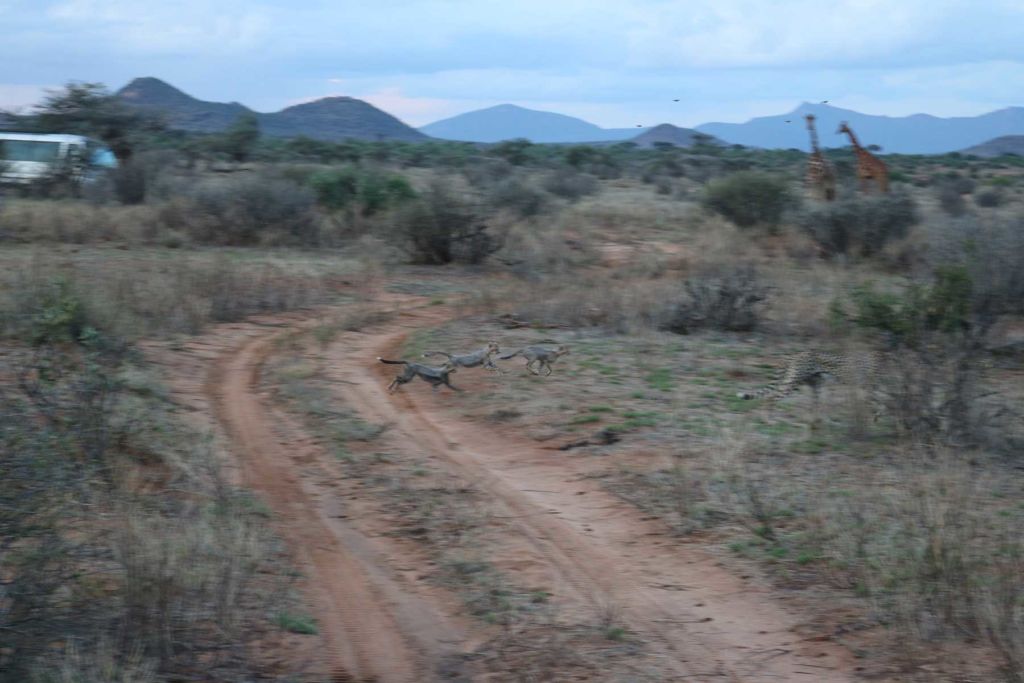
Moral of the Experience: Helps to have a very good and knowledgeable guide and second: be patient at times for unexpected rewards – the wild has a clock of its own.



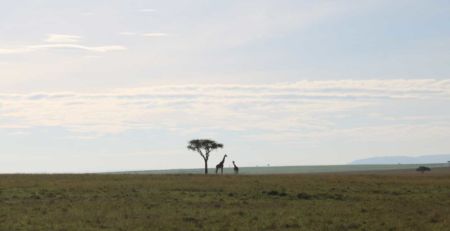

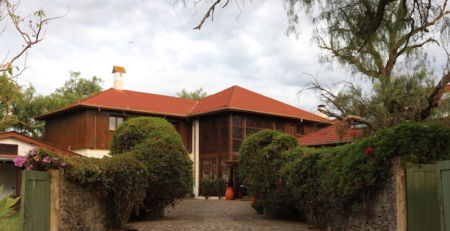

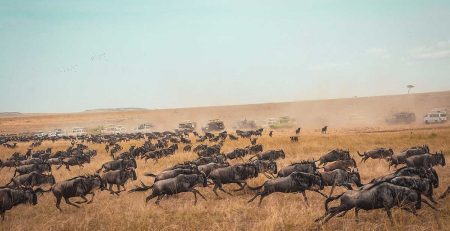
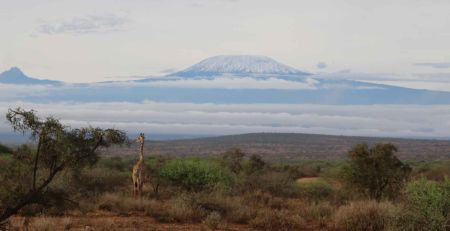
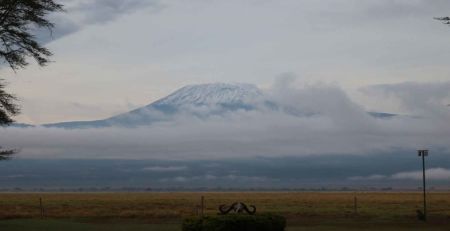
Leave a Reply